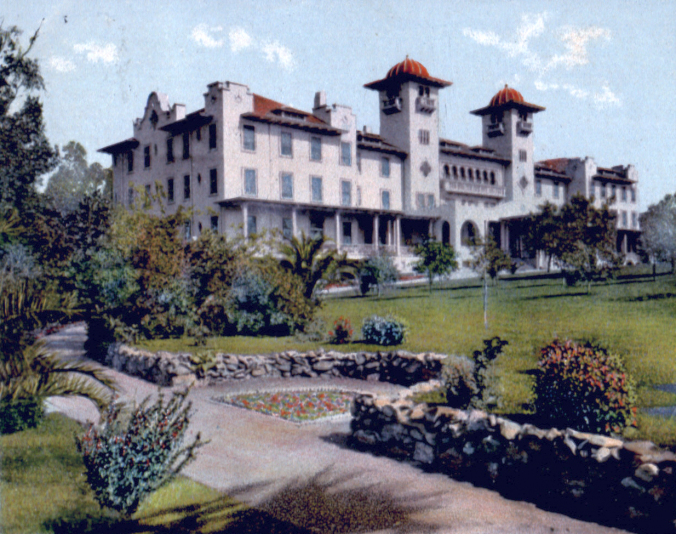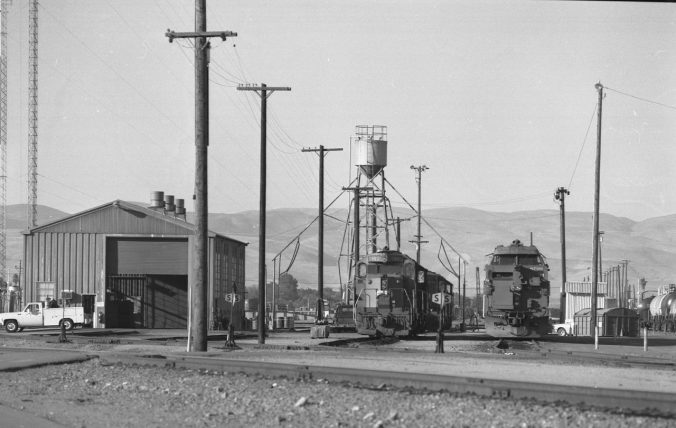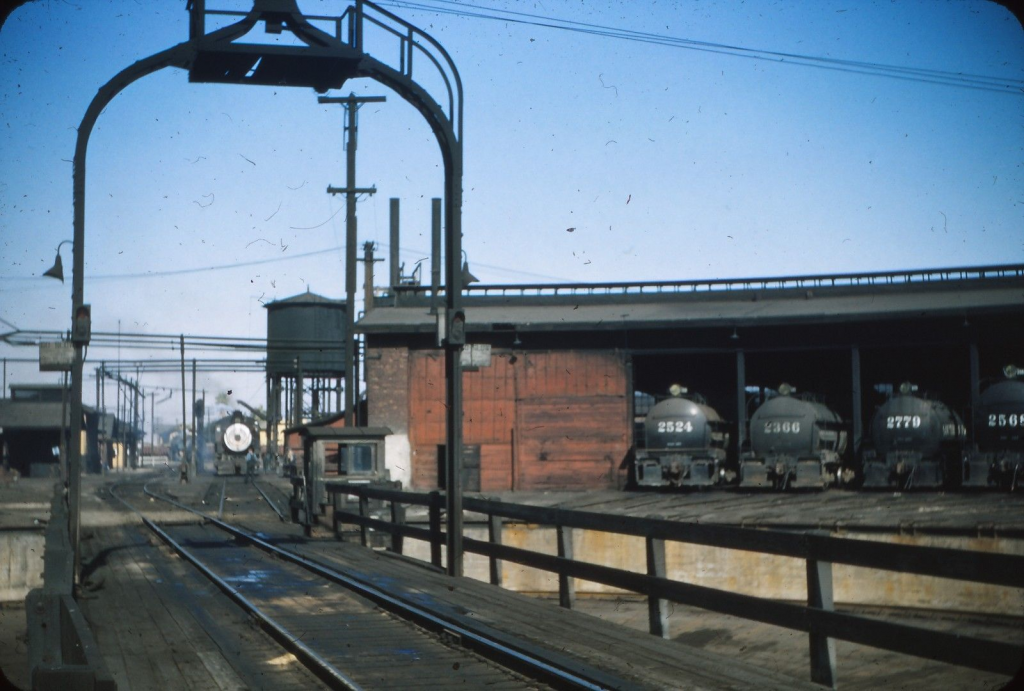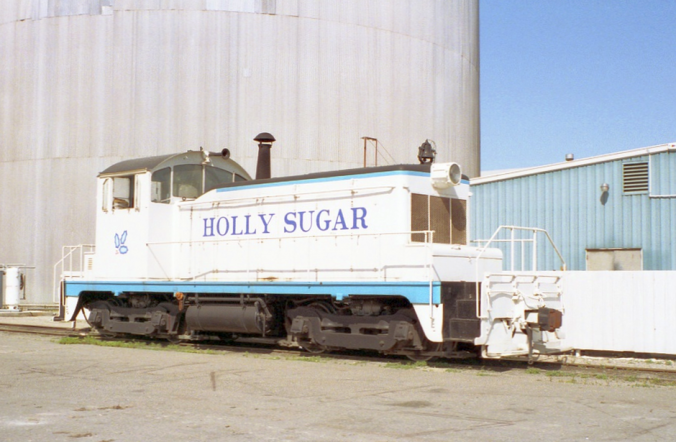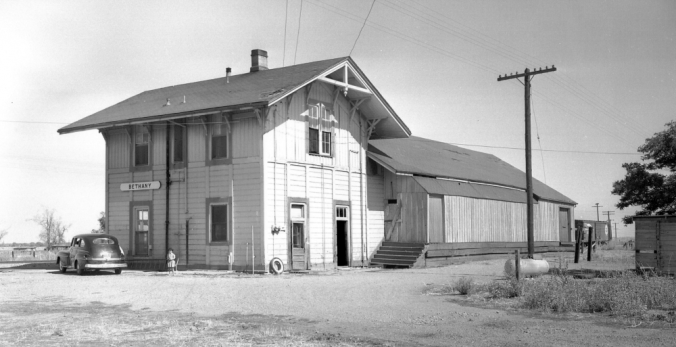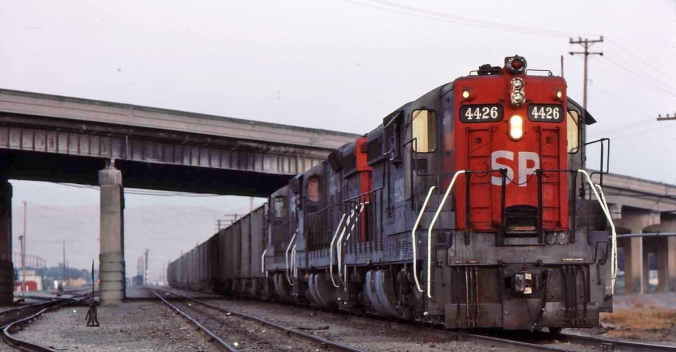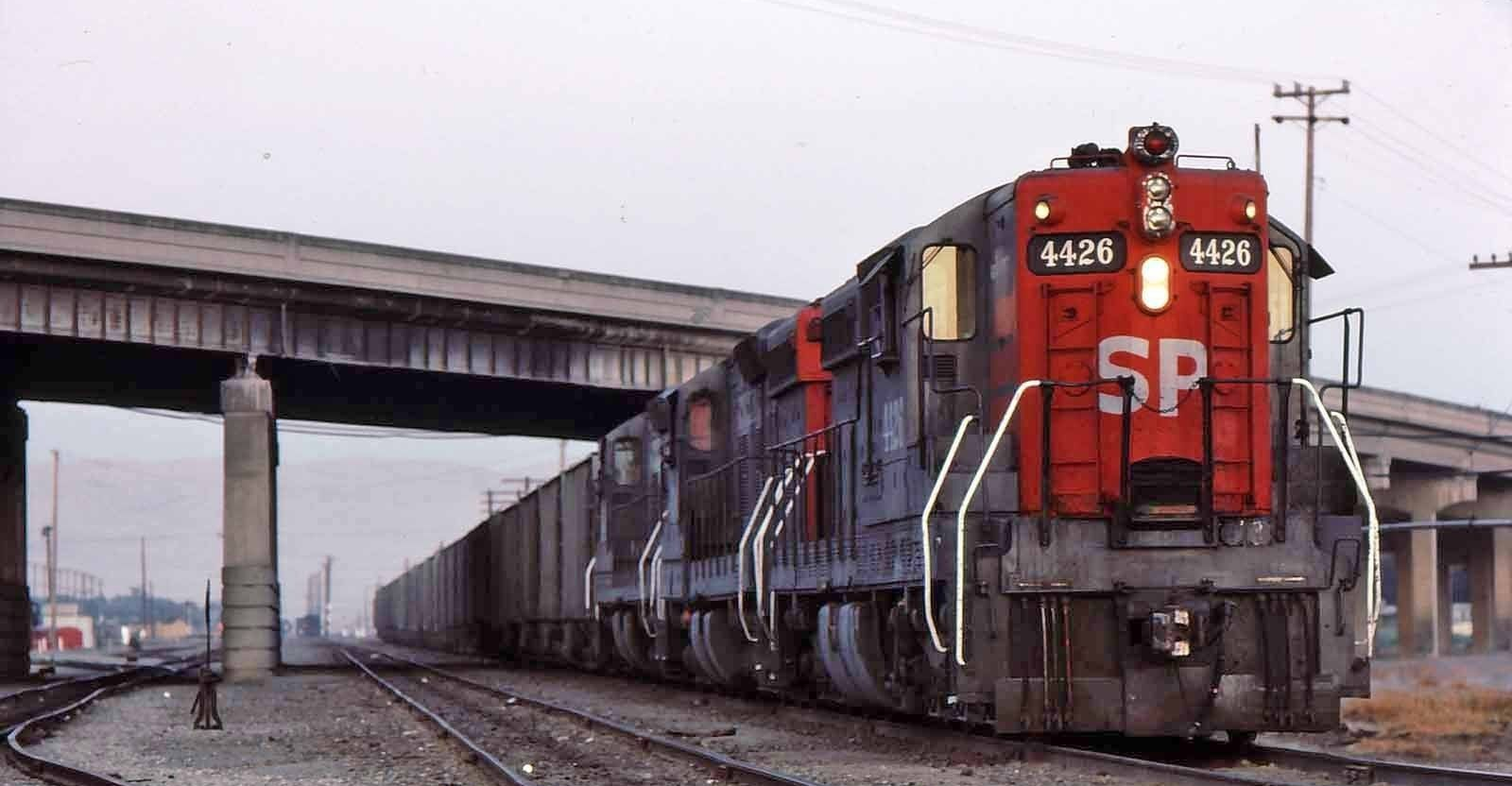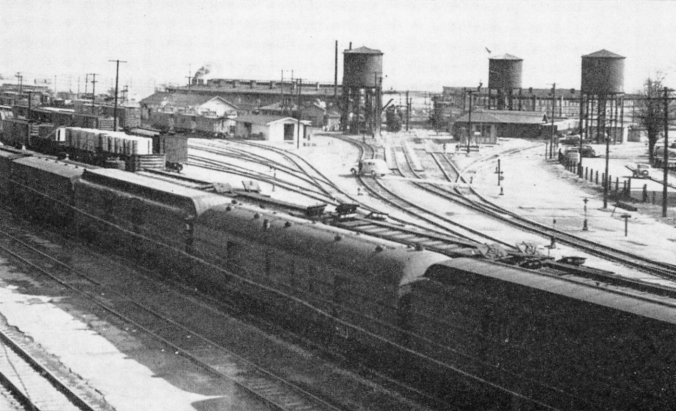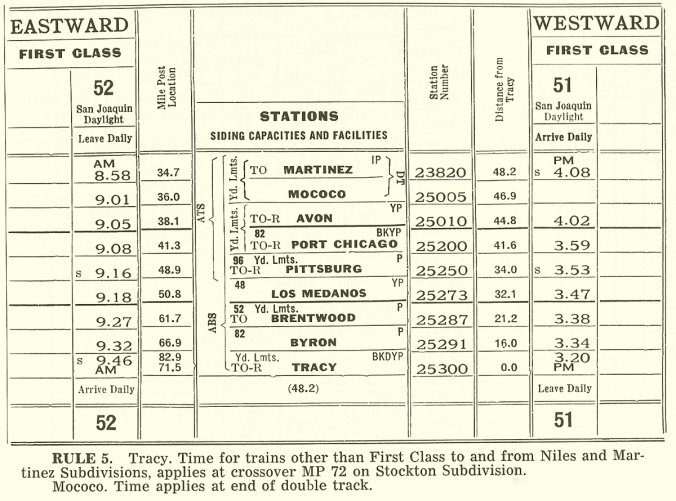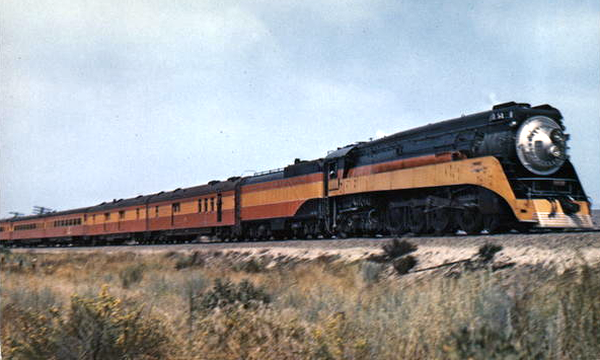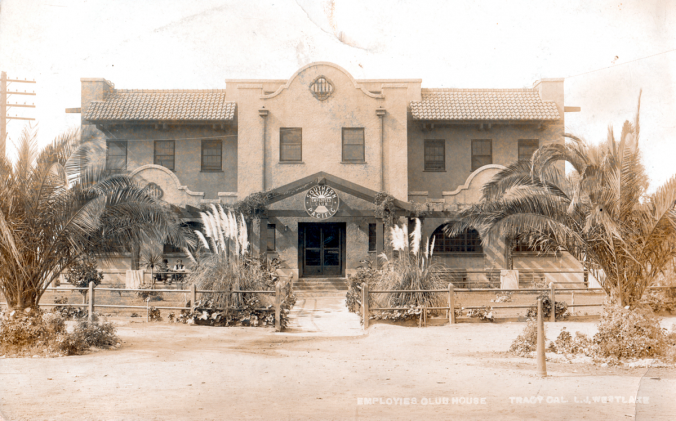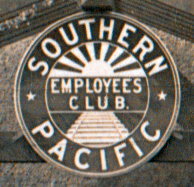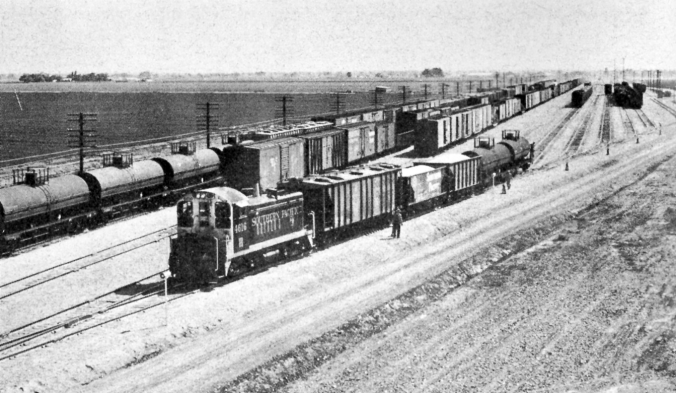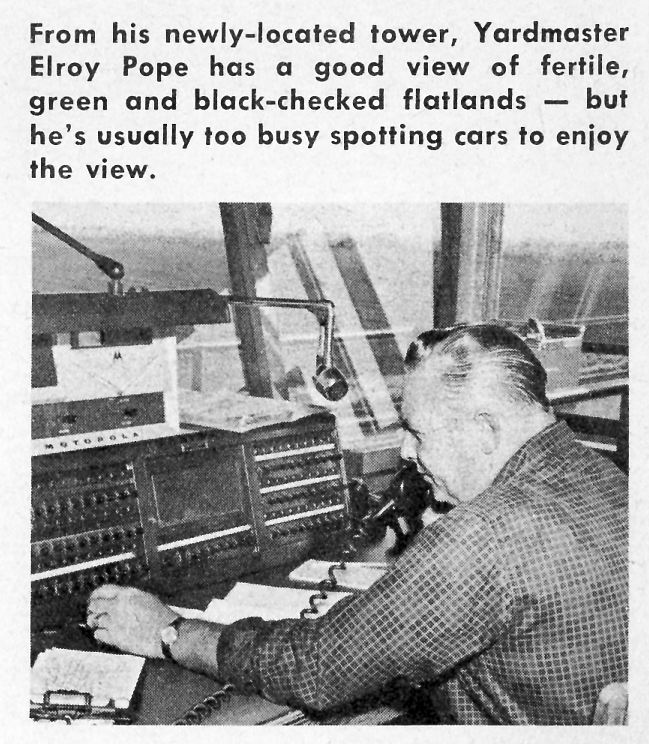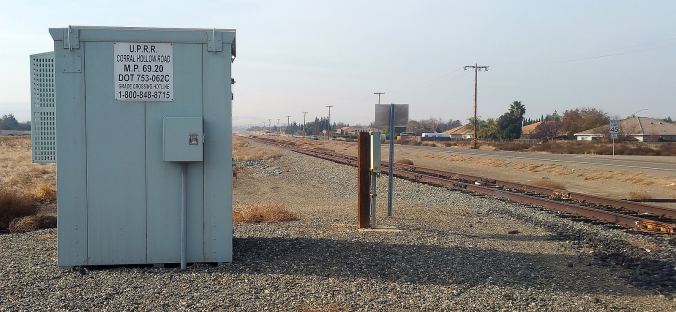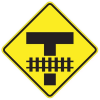Byron Hot Springs, a once elegant and prestigious resort and spa in rural eastern Contra Costa County, a few miles up the Southern Pacific Railroad tracks from Tracy on the Byron Highway to Brentwood and Martinez, now lies in ruins, hidden from view of the thousands of commuters and other travelers that pass it every day of the week.
In earlier times, the hot springs were utilized by the local native population for bathing and for the water’s perceived medicinal qualities. Upon the arrival of European settlers in the area, most notably the infamous John Marsh, the natives were driven away or forced into servitude.
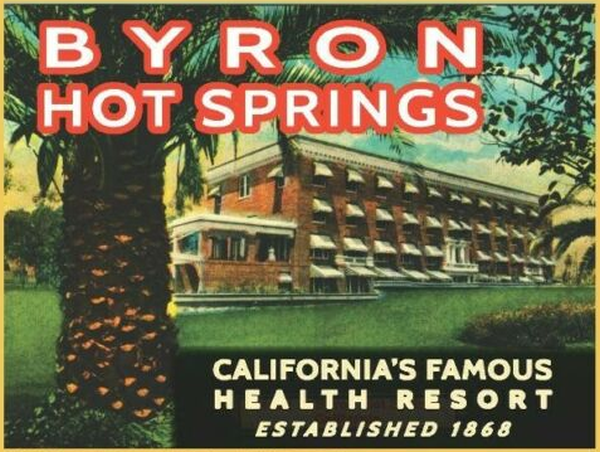
The springs were developed into a tourist resort used by the well-to-do from far and wide; it is known that baseball great Joe DiMaggio vacationed regularly at the hotel during the off-season, and numerous stars from vaudeville and the early days of Hollywood movies – including, according to legend, Charlie Chaplin, Fatty Arbuckle, Mae West, and Clark Gable – also sought respite at the resort.

